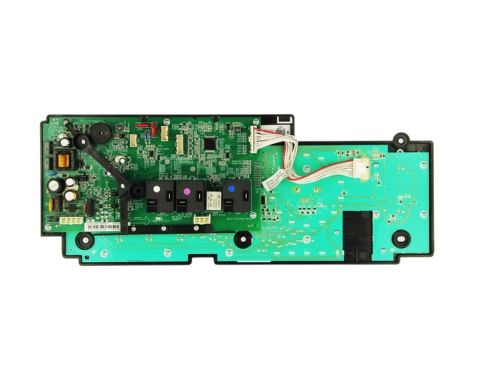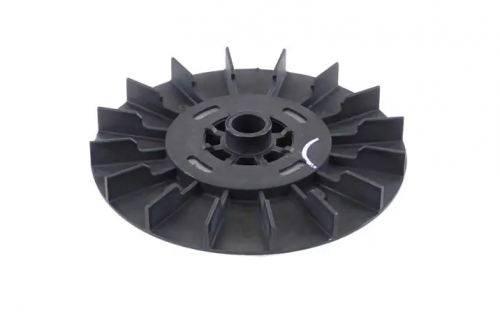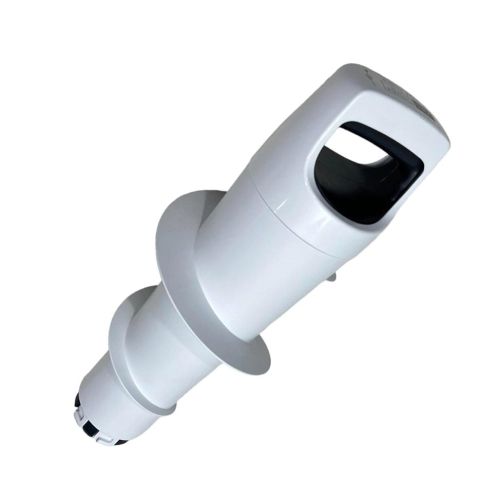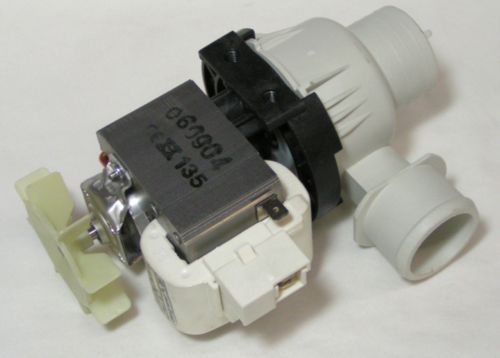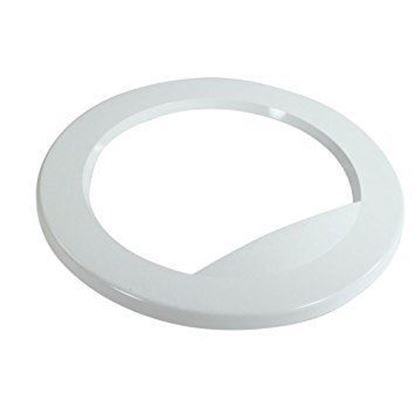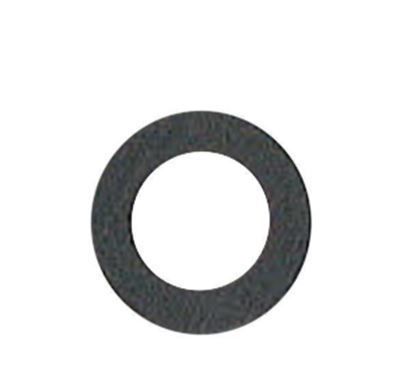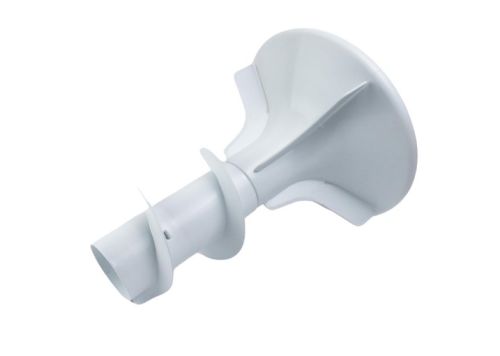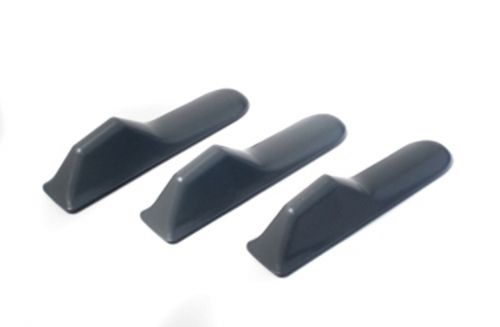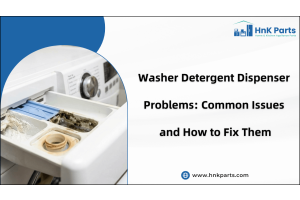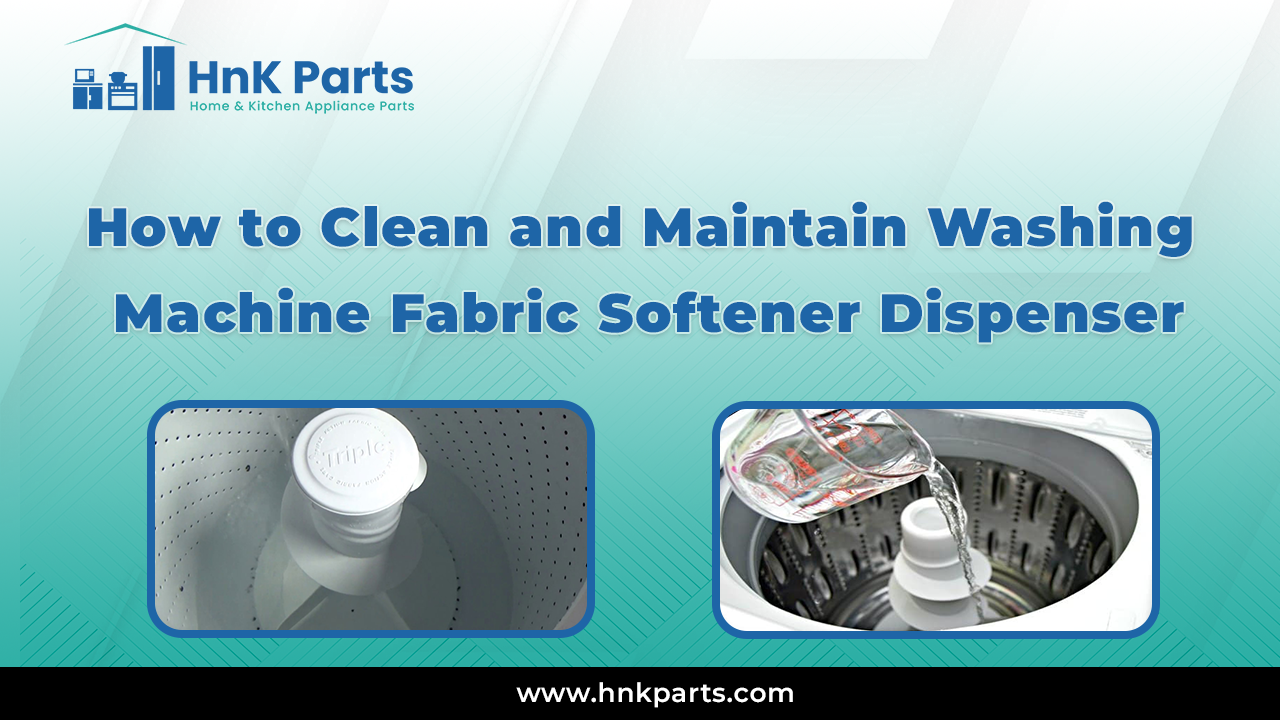
How to Clean and Maintain Washing Machine Fabric Softener Dispenser
Keeping the fabric softener dispenser clean is essential for good washing and optimal washing machine performance. A fabric softener dispenser is very key as the fabric softener does the magic of making your laundry feel softer and fresher and with the dispenser, you are sure that the fabric softener is released at the right moment (rinse cycle). Residue, lint, or even hardened fabric softener can build up and cause clogs, leaving clothes not rinsed properly, or feeling stiff, or improperly treated. There are other options if you don’t have a fabric softener dispenser or it’s not working properly. Knowing these alternatives will help you keep your laundry quality and make sure your fabric softener works properly even if the dispenser is not working as it should be.
What is a Fabric Softener Dispenser for Washing Machines?
A fabric softener dispenser is a compartment in a washing machine that releases liquid fabric softener during the rinse cycle of a wash. The softener is evenly distributed throughout the laundry, reducing static cling, and elevating fabric softness and the all-around feel of your clothes.
How it works in different washing machine models
-
Top-loading washers with agitators: The fabric softener dispenser in a traditional top-loading washing machine with an agitator is normally on top of the agitator or the side of the wash tub. When you rinse, the wash tub fills with water and mixes with fabric softener.
-
Front-loading washers: The fabric softener dispenser in front-loading washing machines is usually in the detergent drawer and is usually marked with a specific symbol. This compartment comes to life during the rinse cycle, when water travels through this compartment, mixes with the softener, and then releases into the drum.
-
High-efficiency (HE) washers: The fabric softener dispenser of HE washers is usually placed in the detergent drawer. The softener is released at the right time, these machines use less water than traditional models so the softener is released at the right time to ensure effective mixing without staining the clothes.
How to Clean a Fabric Softener Dispenser From Agitator
It’s important to clean a fabric softener dispenser so your washing machine works properly and fabric softener is dispensed correctly during the wash cycle.
Removing the dispenser
-
Turn off the washing machine: Make sure you power down your washing machine.
-
Access the fabric softener dispenser: Where to put the Fabric Softener Dispenser depends on the model of your washing machine, some washing machines have a Fabric Softener Dispenser in the agitator (for top load washing machine) and the rest of the washing machine, it is on the front panel (for front load washing machine).
-
Remove the dispenser: If it is in an agitator, carefully lift it to remove it. You may need to open the lid and lift the dispenser out for other models.
Clean with gentle warm water and mild detergent.
-
Prepare cleaning solution: Put a few drops of mild liquid detergent into warm water in a sink or bowl.
-
Soak the dispenser: Dip the fabric softener dispenser in warm, soapy water. It will help loosen any buildup or residues, so allow it to soak for 10–15 minutes.
-
Scrub the dispenser: To clean the dispenser, scrub it thoroughly with a soft cloth, sponge, or a soft bristle brush, and scrub any compartments. Rinse it well with clean water to remove any soap residue.
How To Clean Washing Machine: Ultimate Guide
Indicators That Require Fabric Softener Replacement
The softening agents in your laundry are delivered by the fabric softener dispenser in your washing machine. It may wear out or become less effective over time.
-
Blockages or clogs: If the fabric softener isn’t dispensing properly or the dispenser is clogged, it’s probably time to replace it. Clogs caused by residual fabric softener buildup can reduce your machine’s ability to flow properly.
-
Visible damage or cracks: Check the dispenser for any outward signs of distress, for example, cracks, chips, and deformities. It can also be damaged physically, causing it not to function correctly, or can cause spills or leaks during the wash cycle.
-
Discoloration or mold growth: Watch for discoloration or mold growth inside or around the fabric softener dispenser this could mean it’s not sanitary
-
Consistent leakage: The wrong time for the fabric softener to dispense may signify a malfunction, and, if you get leakage from the dispenser all the time, you may have to replace it.
Troubleshooting a Washing Machine Fabric Softener Dispenser Clogged
If you encounter issues where the fabric softener dispenser is clogged or not dispensing properly, follow these additional steps:
Soak in vinegar or cleaning solution
-
Vinegar bath: Soak the fabric softener dispenser in a bowl filled with white vinegar. Soak it for about 30 minutes. Vinegar helps to break down residues and mineral deposits.
-
Commercial cleaner: You can use a commercial fabric softener cleaner or a combination of baking soda and water.
-
Rinse thoroughly: Rinse the dispenser well to remove any cleaning solution or vinegar.
-
Dry and reinstall: Reinstall the dispenser back into the washing machine, giving the dispenser a chance to air dry completely.
Alternatives for Adding Fabric Softener
If you use fabric softener in your laundry, it’s important to know the best ways to use it with different types of washing machines. Here are some alternatives for adding fabric softener, especially when no dispenser is available:
-
Directly into the wash cycle: If your washing machine doesn’t have a fabric softener dispenser, add the fabric softener to the wash cycle. Pour the diluted fabric softener into the drum during the rinse cycle (about one cup in a small amount of water). This will make sure the fabric softener is evenly distributed throughout as the rinse cycle starts.
-
Using a fabric softener ball: Another good way to do this is by using a fabric softener ball. Silicone or plastic balls like these hold a liquid fabric softener and release it during the wash cycle. You simply fill the ball according to the manufacturer’s instructions, put it in the drum with your laundry and it dispenses fabric softener automatically during the rinse phase.
Maintenance Tips to Prevent Clogging and Drainage Issues
To avoid clogging and drainage problems in your washing machine, it needs to be cleaned and looked after regularly.
-
Make a cleaning routine for your washing machine. Residue can build up and clog the detergent drawer, including the fabric softener dispenser.
-
A fabric softener dispenser that doesn’t drain properly is a common problem that can be avoided by cleaning the dispenser regularly. The dispenser can become clogged with a sticky residue left behind by fabric softener.
-
Use liquid fabric softeners that are easy to flow through the washer’s dispenser. If you still have problems, you may want to look at alternatives such as fabric softener balls.
-
If you overstuff your washing machine, it can cause drainage problems because it doesn’t allow proper water circulation.
10 Most Common Washing Machine Problems And Solutions
To avoid buildup, clogging, and inferior operation there has to be regular cleaning and inspection of the dispenser. A good working and clean dispenser will help distribute fabric softener evenly during cycles and make your laundry softer, fresher, and better. The care of your washing machine and its components should be a priority, as you will see enjoyment with soft, clean, and fresh laundry every time. HnKParts is the one-stop solution for all home appliance requirements. We provide an extensive range of washing machine replacement parts available online, which includes motors, hoses, agitators, timers, and more.
FAQs
How can flow holes and narrow passages be removed?
Use a soft brush, like a toothbrush, to scrub off stubborn buildup after soaking.
How to use fabric softener ?
Add fabric softener to the designated dispenser in the washing machine or during the rinse cycle, following the product's recommended amount.
Where to put fabric softener in washer?
-
Top-load machines: It is poured into the fabric softener compartment in the agitator or control panel before starting the wash.
-
Front-load machines: It is placed in the designated drawer with an identifying icon before starting the wash cycle.
Where to put fabric softener in washing machine without dispenser?
Add fabric softener during the rinse cycle directly into the drum, ensuring it is diluted with water to avoid staining clothes.


